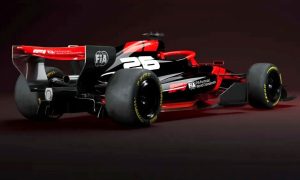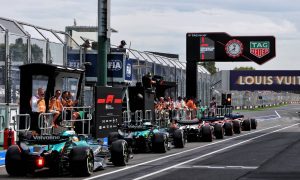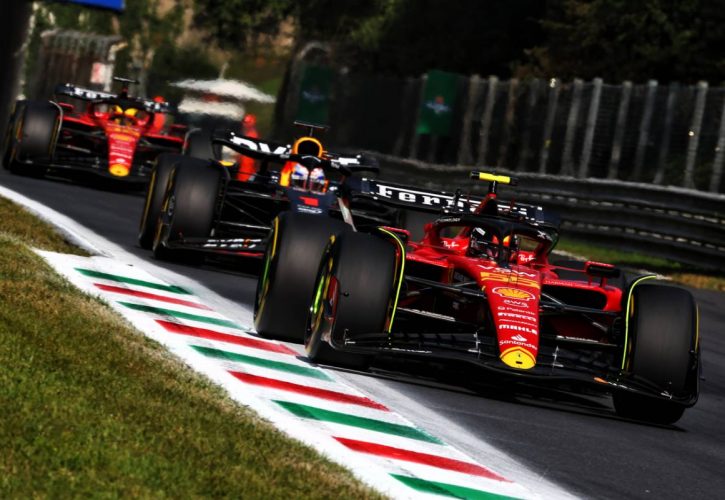
Formula 1 will undergo another technical regulation overhaul for 2026 and one of the primary objectives of the FIA is to reduce both the size and weight of the sport's next-generation machines.
As part of F1 and the governing body's efforts to formulate a comprehensive framework that will govern Grand Prix racing's future chassis regulations, a plan to introduce active aerodynamics has been defined.
But along with the latter, a more profound transformation will take place involving the dimensions and width of F1's future cars.
According to Nikolas Tombazis, the head of single-seaters at the FIA, F1's contenders will become shorter, narrower, and lighter from 2026.
"With the dimensions of the wheels, which will be narrower, plus with the rear wing and the car in general, we aim to reduce the weight of the cars by around 50kg," Tombazis told Motorsport.com's Italian affiliate.
"So, it will be possible to see smaller single-seater cars: shorter and narrower. But we are talking about solutions that still need to be discussed.
"With the car on a diet, we will be able to reduce the cornering speeds a bit. Being lighter, they will go faster in a straight line, but will generate less aerodynamic load.
"So, we will need to increase the hybrid’s energy recovery to ensure adequate lap performance."
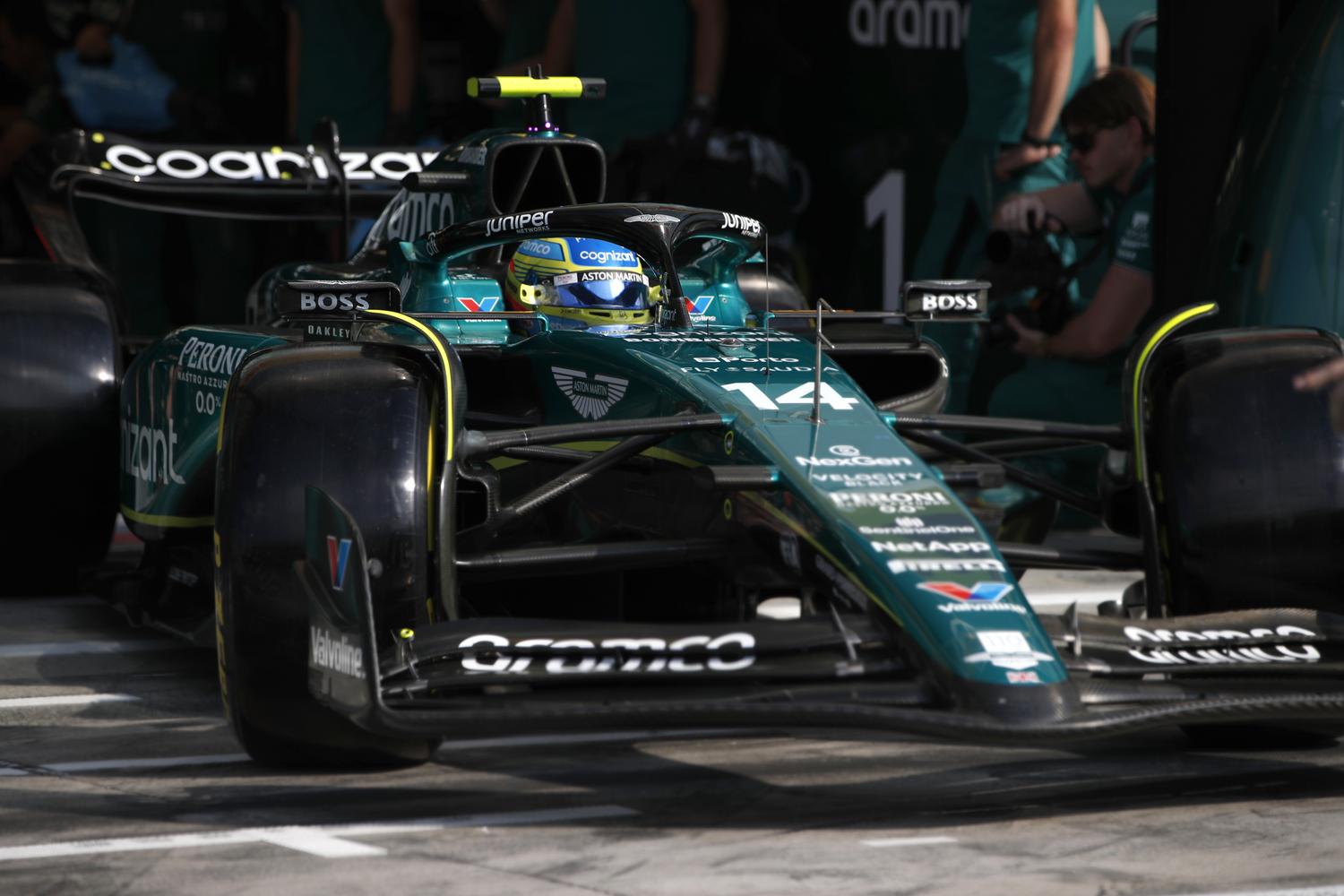
Tombazis assured that the FIA's focus was on implementing a new regulation that would benefit the show on the track.
"A lot of work has been done to understand how energy recovery and management will have to be done, and how overtaking can be done based on the aerodynamic configuration," he added.
"We have carried out many simulations by changing these parameters and we have found solutions that seem to work adequately."
Earlier this summer, championship leader Max Verstappen blasted F1's prospective 2026 rules based on his early impressions of Red Bull's interpretation of the regs as experienced in the team's simulator.
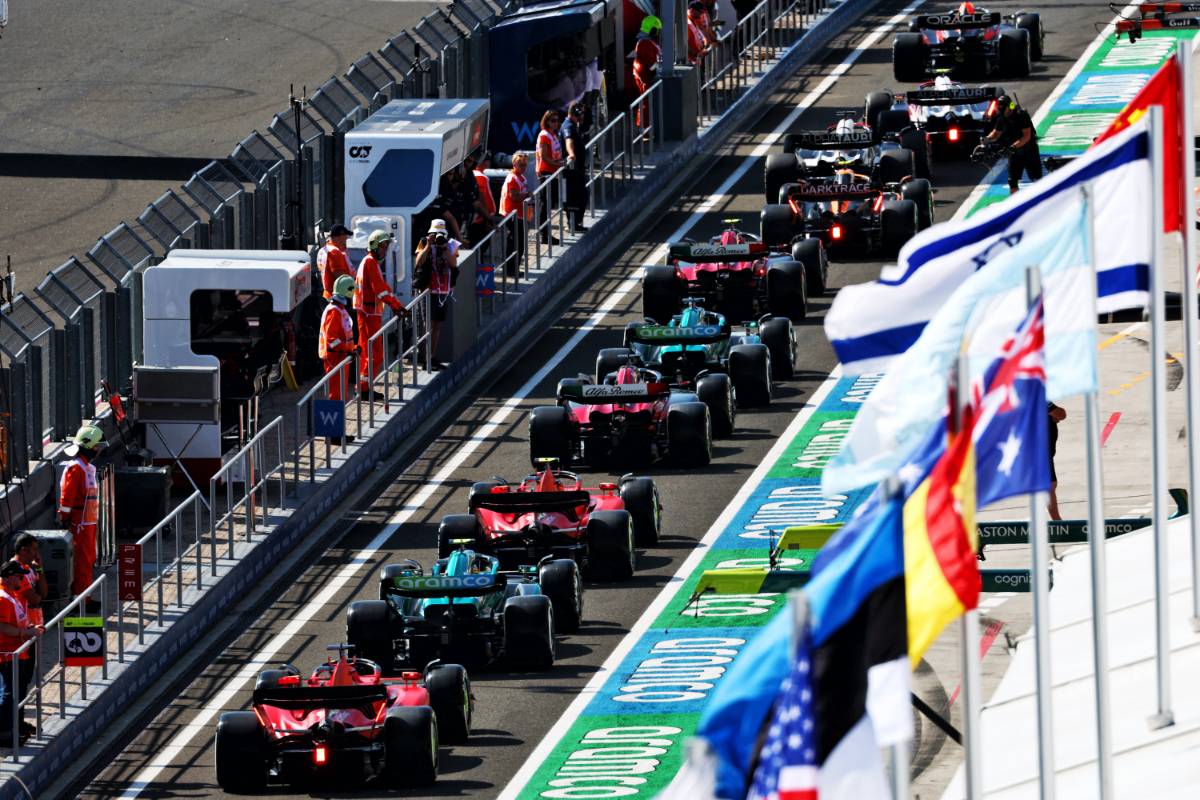
But Tombazis argued that early concerns about the performance of F1's 2026 cars and their increased reliance on the battery power were not based on up-to-date sim data.
"If one took the 2026 power units and mounted them on the current cars, probably the result would be the scenario put forward by those who were worried," he said.
"But in recent months, we have collected a series of very positive developments, so the comments express old positions.
"We also need to take into account that the engine and chassis will have to evolve together, and it will not be possible to think of one without the other."
Keep up to date with all the F1 news via Facebook and Twitter




